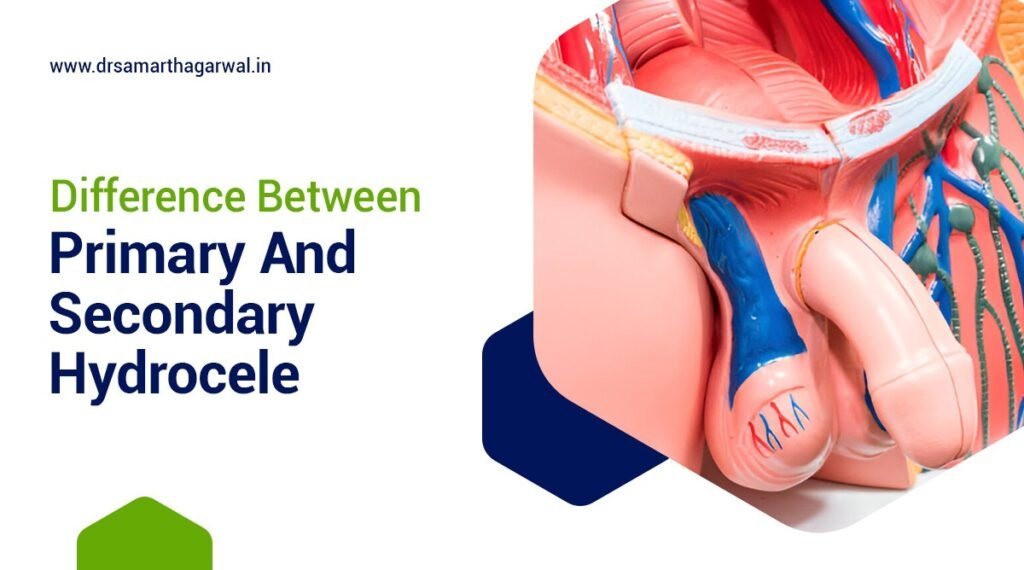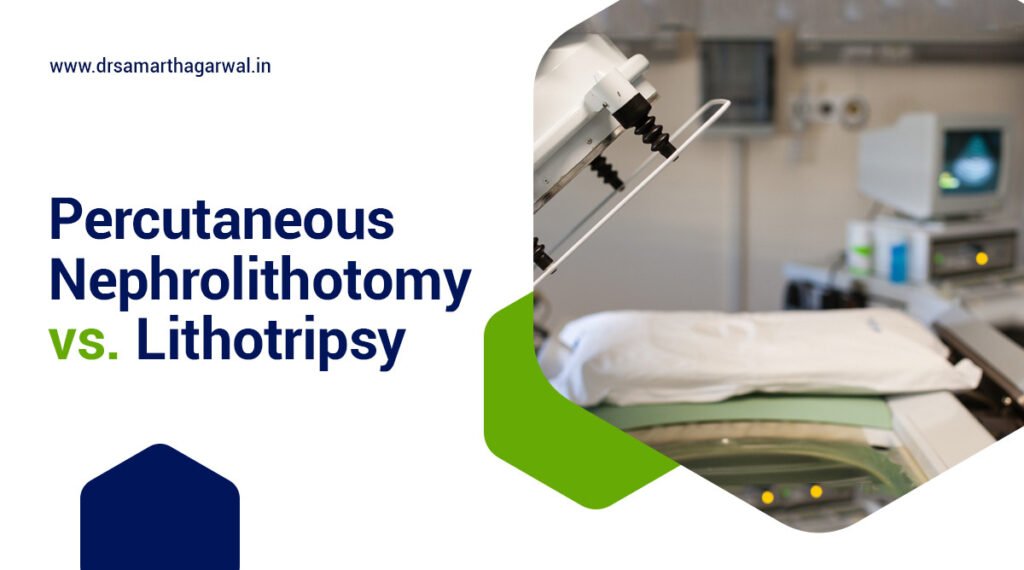Pyocele, a condition involving the accumulation of pus in a cavity, often poses significant health challenges, particularly in cases linked to severe infections like epididymitis or urinary tract infection.
Understanding its causes, symptoms, and treatment options is crucial for effective management. This article explores the nuances of pyocele, differentiating it from similar conditions like abscesses and hydroceles, and provides insights into diagnostic procedures, hematological analysis, and common blood test results, including severe leukocytosis and elevated systemic inflammatory markers.
We discuss treatment guidelines, the role of antibiotics, potential complications, such as testicular damage and sepsis, and preventive measures. Join us as we unpack this important topic, including case presentations and management protocols.
What Is a Pyocele?
A pyocele is a pathological condition characterized by the accumulation of pus within the tunica vaginalis of the scrotum, often resulting from infections such as epididymitis or urinary tract infections, with bacterial pathogens like Escherichia coli playing a significant role. The presence of pyocele can lead to severe pain, scrotal swelling, and, if untreated, the risk of complications such as sepsis, testicular damage, or even septic shock increases significantly. Understanding this condition is crucial for timely medical intervention, surgical intervention, and effective treatment outcomes.
What Are the Causes of Pyocele?
Pyocele is primarily caused by infectious processes such as epididymitis, which can occur due to bacterial pathogens like Escherichia coli, or as a complication of urinary tract infections, often necessitating emergent surgical intervention. Additionally, a trauma history or underlying conditions like benign prostatic hyperplasia, as seen in older patients such as a 66-year-old male, can contribute to the development of pyocele, highlighting the multifactorial nature of this condition.
What Is the Difference Between Pyocele and Abscess?
While both pyocele and abscess represent localized collections of pus, the key difference lies in their location and underlying causes; pyocele specifically refers to pus accumulation in the scrotum, whereas abscesses can form in various body tissues. This distinction is critical in determining the appropriate management approaches and potential surgical intervention required for each condition.
To better understand these two conditions, it’s essential to explore their definitions and characteristics further. A pyocele often arises due to infections or trauma affecting the scrotum, leading to swelling, pain, and sometimes fever, which necessitates rigorous medical assessment. In contrast, abscesses can occur in multiple sites, including skin, organs, or dental areas, often resulting from bacterial infections or foreign bodies. Both require prompt attention, but their treatment strategies can differ.
- Characteristics of pyocele:
- Localized scrotal swelling
- Pain and tenderness in the affected area
- Possible systemic symptoms like fever
- Characteristics of abscess:
- Swelling that can occur anywhere in the body
- Redness and warmth over the affected area
- In severe cases, systemic illness
Treatment typically involves drainage and antibiotics, with the need for surgical intervention more common in pyocele due to its specific location. Understanding these differences helps healthcare providers tailor effective management for each patient.
What Is the Difference Between Pyocele and Hydrocele?
Pyocele and hydrocele are both conditions affecting the scrotum but differ significantly in their nature; pyocele involves the presence of pus, often due to infection, while hydrocele entails the accumulation of serous fluid, typically benign in nature. Understanding these differences is essential for accurate diagnosis and appropriate management options, often involving scrotal ultrasound for differentiation.
Both conditions are generally painless but can present with some discomfort depending on their severity. Common symptoms associated with these ailments include swelling in the scrotal area and potential changes in skin color.
- Causes of Pyocele: It usually arises from infections, trauma, or complications of other scrotal diseases.
- Causes of Hydrocele: Typically results from fluid buildup due to congenital conditions, inflammation, or injury.
In terms of treatment, while hydrocele may often resolve without intervention, pyocele generally requires antibiotics or surgical drainage. An accurate diagnosis through scrotal ultrasound is crucial in determining the appropriate approach for each condition, ensuring that patients receive timely and effective care.
What Are the Pathology Outlines of Pyocele?
The pathology of pyocele encompasses various elements, including the presence of inflammatory cells, neutrophil predominance, and systemic inflammatory markers indicative of infection, which may lead to severe complications such as testicular damage. Understanding these pathology outlines is critical in guiding clinical analysis and subsequent treatment strategies.
The histological examination reveals a plethora of neutrophils infiltrating the affected tissues, often accompanied by necrosis and fibrin deposition. Such findings are pivotal as they suggest not only an acute inflammatory response but also highlight the potential for systemic implications, particularly when correlated with elevated systemic inflammatory markers.
- Systemic inflammatory markers, including C-reactive protein, might be significantly elevated, indicating the body’s reaction to the infection.
- Persistent inflammation can lead to fibrosis and ultimately compromise testicular function.
Therefore, meticulous histological analysis provides invaluable insights that are critical for tailoring patient management, recommending interventions that could range from antibiotic therapy to surgical drainage, depending on the severity and extent of the condition.
What Are the Symptoms of Pyocele?
Symptoms of pyocele commonly include severe pain in the scrotum and noticeable scrotal swelling, which can significantly impact a patient’s quality of life, prompting clinical observation and adherence to management protocols. These symptoms often signal the need for immediate medical assessment to prevent complications.
What Are the Common Blood Test Results for Pyocele?
Blood test results for pyocele often reveal severe leukocytosis and elevated markers such as erythrocyte sedimentation rate and C-reactive protein, indicating an ongoing inflammatory process. These laboratory investigations are essential for confirming the diagnosis and guiding treatment decisions.
When exploring blood tests associated with pyocele, it’s vital to recognize how these markers contribute to understanding the patient’s condition.
For instance,
- Severe leukocytosis signifies an acute immune response, typically pointing to an infection or inflammation in the body.
- The elevated erythrocyte sedimentation rate reflects ongoing inflammation, suggesting that the body is fighting an underlying issue.
- Increases in C-reactive protein also indicate inflammation, providing further clarity on the severity of the infection.
Taken together, these findings not only assist healthcare providers in diagnosing, but also play a crucial role in determining the urgency of treatment interventions. Understanding these test results give the power tos both clinicians and patients in addressing pyocele effectively.
How Is Pyocele Diagnosed?
Diagnosing pyocele typically involves a combination of clinical examination, patient history, and diagnostic imaging techniques such as scrotal ultrasound, which can help differentiate it from other scrotal conditions. Timely medical intervention based on accurate diagnosis is crucial to prevent complications and guide treatment.
What Are the Treatment Options for Pyocele?
Treatment options for pyocele can vary significantly, ranging from conservative management strategies to more aggressive surgical intervention, depending on the severity and underlying causes of the condition. A well-structured antibiotic regimen is often part of the treatment protocol, especially in cases linked to bacterial infection.
What Are the Guidelines for Pyocele Treatment?
Pyocele treatment guidelines emphasize the importance of timely intervention, often requiring emergent surgical procedures in severe cases, alongside appropriate antibiotic treatment to address underlying infections.
Following structured management approaches, including conservative management and surgical group evaluations, can significantly influence treatment outcomes and patient recovery. When considering the overall strategy, both surgical and medical options should be carefully evaluated.
- Emergent surgical intervention may be necessary if there are signs of rupture or severe infection.
- In less critical situations, a thorough assessment involving imaging studies might be performed to guide treatment.
- Initiating a regimen of antibiotic treatment is essential early in the management process to combat the infection effectively.
- In addition, monitoring the patient’s response to therapy is crucial to adjusting the management plan as needed.
Consultation with a multidisciplinary team can enhance the efficacy of pyocele management, ensuring all aspects of patient care are addressed.
How Is Antibiotic Treatment Used for Pyocele?
Antibiotic treatment for pyocele is a critical component of management, with options like meropenem treatment employed to effectively target bacterial pathogens, particularly in cases linked to severe infections.
In the intricate landscape of pyocele management, selecting the appropriate antibiotic becomes essential for improving patient recovery rates. Various options are available, but meropenem stands out due to its broad-spectrum activity against multidrug-resistant organisms.
- Clinical analysis indicates that meropenem’s effectiveness is particularly pronounced in organisms that often evade standard treatment, such as *Escherichia coli* and *Neisseria gonorrhea*.
- Other antibiotics such as piperacillin-tazobactam may also be considered, depending on culture results.
By tailoring the regimen to individual patient profiles, healthcare providers can enhance the chances of resolution and minimize complications.
What Are the Possible Complications of Pyocele in Urological Emergencies?
Pyocele can lead to a range of possible complications, including septic shock, testicular damage, and scrotal pain, particularly if left untreated or inadequately managed. In severe cases, pyocele may contribute to the development of Fournier’s gangrene, a life-threatening condition requiring immediate medical intervention. Notably, the condition may arise in patients with a significant medical history of hypertension or Parkinson’s disease.
How Can Pyocele Be Prevented?
Preventing pyocele primarily involves implementing effective prevention strategies aimed at reducing the risk of underlying causes, such as urinary tract infections and maintaining proper scrotal hygiene. Education regarding early symptoms, particularly in non-sexually active individuals, and timely medical intervention can significantly mitigate the incidence of pyocele.

Contact Dr. Samarth Agarwal if you have any questions or concerns about your Urinary health!







